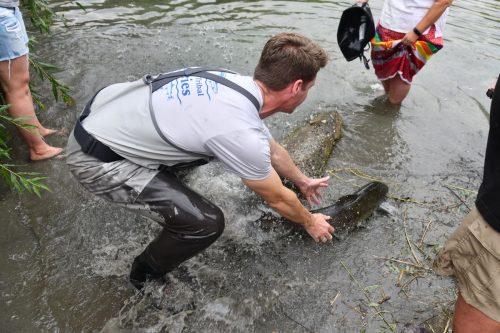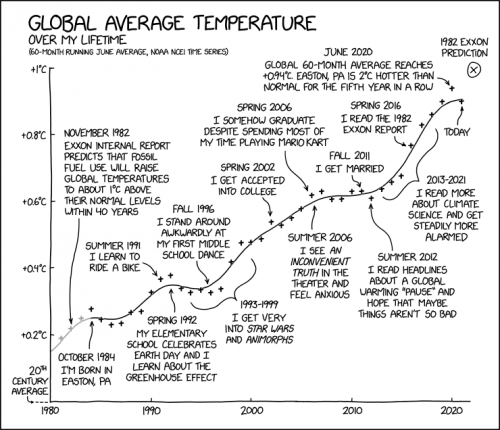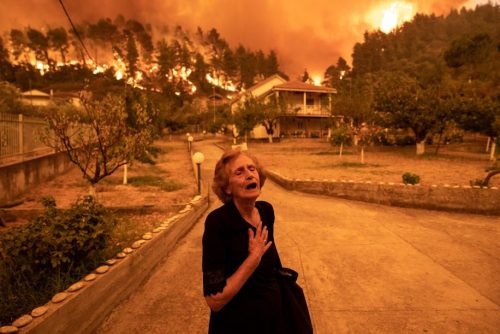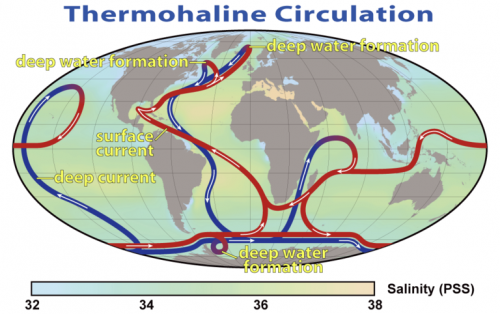I am deeply impressed with what Michael Mann does here. He gets a good grip on this Australian politician, Barnaby Joyce, doesn’t let go, and makes him squirm while constantly hammering on the importance of addressing climate change. There’s a lot of skill at communication and media messaging on display here for such a short video.
Australia has been ranked last among 60 countries on climate change policy in the annual Climate Change Performance Index report. In the wake of the Black Summer bushfires, climatologist @MichaelEMann faced off with Barnaby Joyce on #60Mins over the government’s climate inaction. pic.twitter.com/ieSDJkUkt3
— 60 Minutes Australia (@60Mins) November 11, 2021
The difficulty in these kinds of exchanges is that the professional politician is adroit at shifting the conversation to what his audience wants to hear — that the government is doing something about the Australian wildfires, and that they prioritize saving money and jobs — but Michael Mann turns that back against him, explaining that the Australian government has a terrible record on environmental issues, and that what they’re not doing is going to cost more than the jobs they vainly try to protect. And he doesn’t let Joyce get away with any lies!
And Mann comes off as a decent fellow while he’s doing it. It’s a hard trick to pull off. It’s why science communicators are important and not as common as we’d like.









